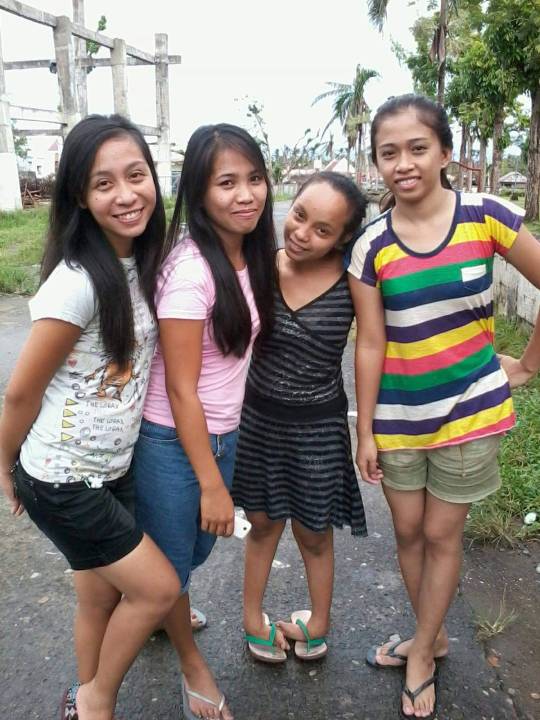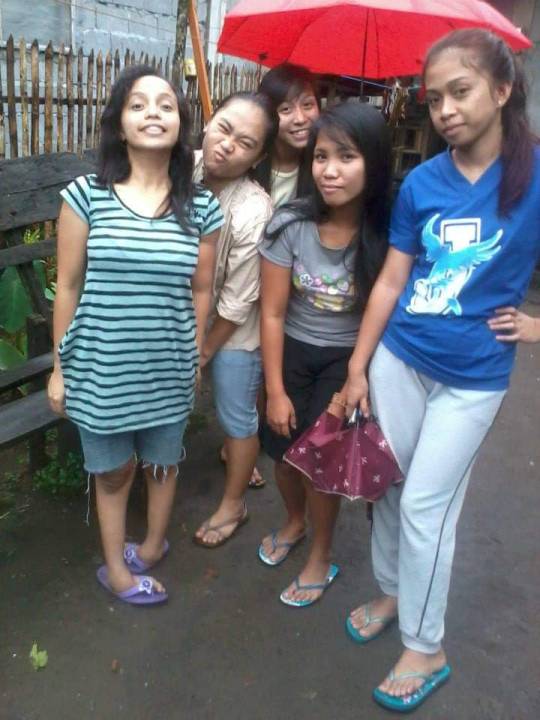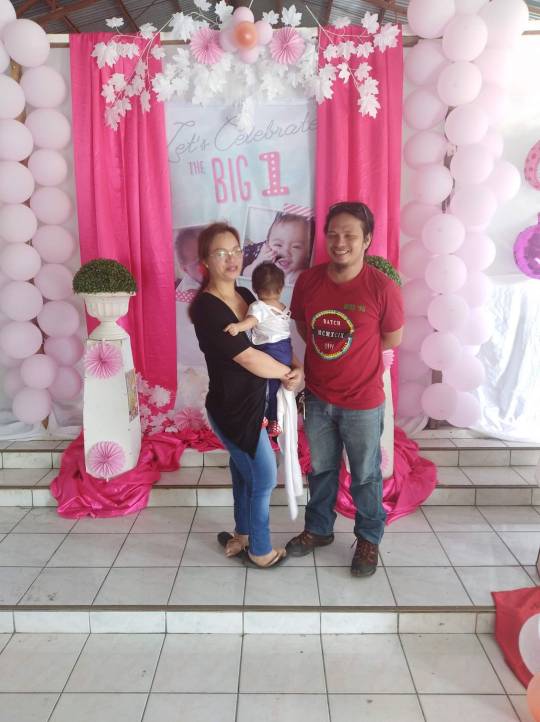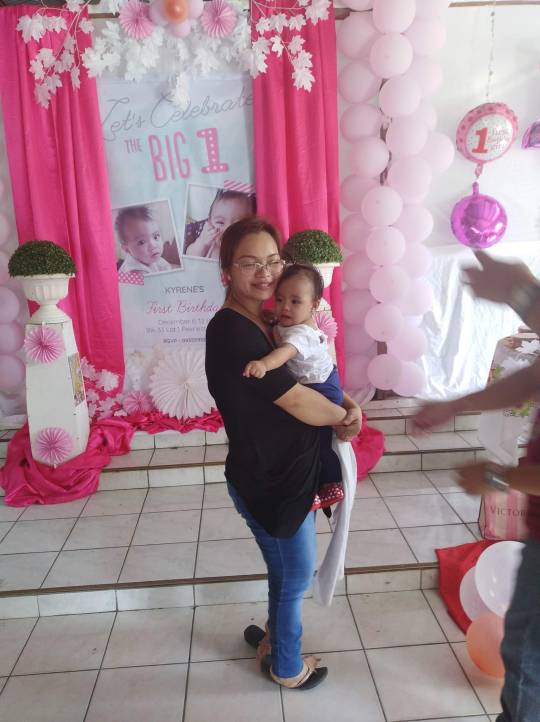#clubfoot
Photo

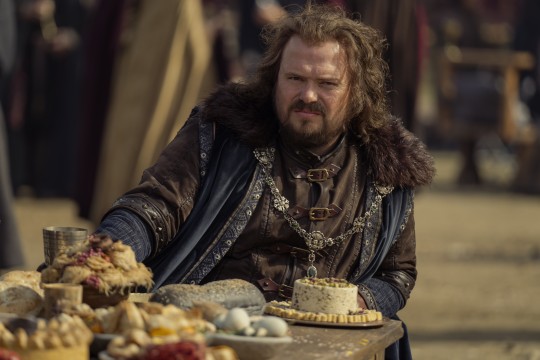


176 notes
·
View notes
Text
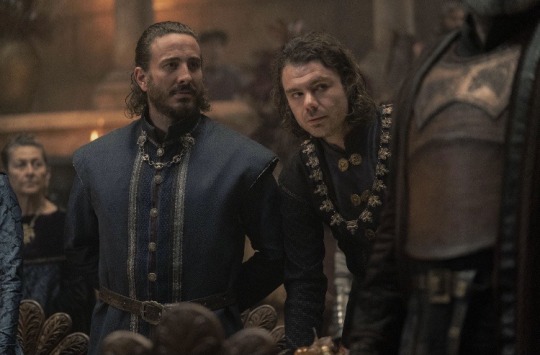
House of the dragon 1x05 (new still): the Strong’s brother
#hotd#hotd 1x05#house of the dragon#wedding#ser harwin strong#strong#house strong#clubfoot#larys strong
28 notes
·
View notes
Text
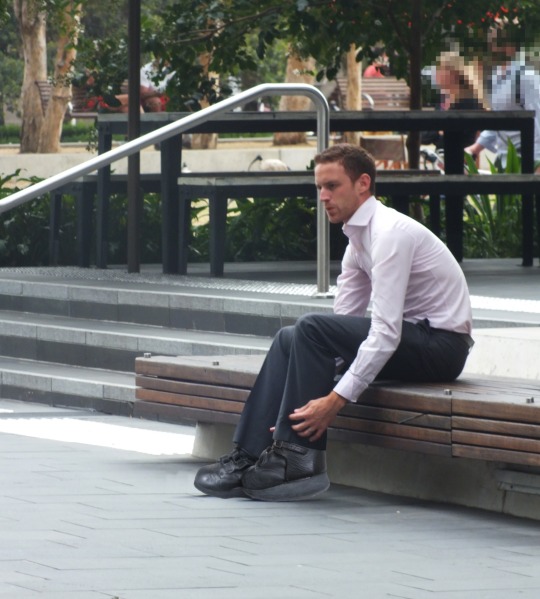
Hottie with special club foot orthopedic boots
#orthopedic boot#short leg#clubfoot#built up ortho boot#built up boot#leg length discrepancy#crippled leg#one leg shorter than the other#shoe lift#orthoboots
8 notes
·
View notes
Note
Your requests are open I request some club foot sodapop Patrick Curtis or maybe some club foot curly fluff thanks
My feet always hurt more in winter, especially by left. Tim let's me sleep on the couch downstairs when I can't put too much weight on it, he says I'm getting too big to carry. I don't really mind, though, sleeping down here means I get first dibs on the remote and can watch whatever I want. He went out to run a few errands and left me and Ang home alone, told us not to fight too much until he got back.
“Curls?”
I look down at her, her colouring books spread out across the floor with her crayons. Ocean’s 11 is on t.v., my pick since I won rock, paper, scissors. “What, Ang,” I ask blandly. She's got that look now; she's curious. Tim says she's asking questions she's too young for, like when she was two and asked why every chance she got. Lord, that drove is up the wall.
“Why're you sleepin’ down here?”
Christ, its as if the reason has changed over the last two years. I look at her, then down my legs. You can't really see my feet beneath the quilt or my wool socks, but you can see two bumps leaning towards each other rather than away. “I have club foot, Ang. Gets worse in the winter an’ makes everything hurt.”
I watch her as she passes me, picking at her fingernails as if she hadn't begged Tim to help her paint them two nights ago. “There’s a Soc in my class with a busted ankle... I could probably get one of his crutches if you wanted.”
“An’ how you gonna get away with it?” I scoff.
Her voice carries in from the kitchen, amid the ruckus of opening and slamming cupboard doors, looking for the snacks Tim swore he stashed somewhere. “Well it's not like he’s gonna chase me down, genius.”
#soapie’s stuff#asks!#the outsiders#the outsiders fanfiction#james!#curly shepard#angela shepard#clubfoot
9 notes
·
View notes
Text
Congenital Clubfoot: Symptoms And Causes
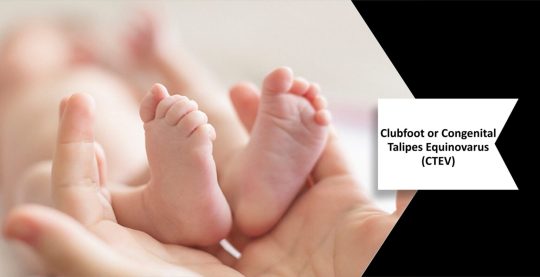
Clubfoot is one of the most common birth defects of the foot. Out of one thousand new-born babies, one to two have this deformity. This deformity affects a new-born’s muscles, tendons, and blood vessels. It is caused when the tissues that connect the muscles to the bone are not the usual size. In congenital clubfoot, one or both feet are rotated downward and inward. It is also known as congenital talipes equinovarus in medical terms, and the child born with this deformity can’t place their foot flat on the ground for walking. Clubfoot is not painful, but if this congenital disease is not treated on time, the foot will remain deformed forever. Mostly, clubfoot can be treated without surgery, but in severe cases, follow-up surgery is required later on.
Types of Clubfoot
Clubfoot can be divided into two major categories non-isolated clubfoot and Isolated (idiopathic) clubfoot. Isolated clubfoot is a common musculoskeletal birth defect. It generally occurs without any other medical problems. On the other hand, non-isolated clubfoot happens along with other serious medical problems, including arthrogryposis and spina bifida. Arthrogryposis is a joint problem, and spina bifida is a neural tube disorder. If anyone in your family has clubfoot, your baby will be at higher risk of congenital clubfoot. Also, boys are at a greater risk of developing clubfoot than girls. Babies also have a higher chance of developing clubfoot if they have another birth defect known as spina bifida. Women who had oligohydramnios during pregnancy are also at a higher risk of having a clubfoot baby.
Symptoms of Congenital Clubfoot
If your new-born baby has clubfoot, their foot will be twisted inward and downward. The affected foot or leg will also be slightly shorter. In some cases, the foot is so severely turned that it seems as if it is upside down. Clubfoot is a serious health concern that will not improve on its own without any treatment. A baby with untreated clubfoot will use the outer edge of their foot to walk, leading to painful calluses. But with proper treatment, clubfoot can be treated, and your baby can lead a normal life.
How can clubfoot affect your baby
Clubfoot will not affect your baby until your child starts to walk. Untreated club food can limit your baby’s daily activities. They might have difficulty walking, standing, and wearing their shoes. A child with clubfoot may walk on the top and side of their feet. Clubfoot can also lead to calluses which is a thick layer of skin that usually develops on the foot’s sole. It can also lead to arthritis, a disease that causes stiffness and painful inflammation of the joints.
Causes of clubfoot
The definite cause of clubfoot has still not been identified by the researchers. But according to a popular theory, clubfoot is caused due to environmental and genetic factors. Families with a history of clubfeet are at higher risk of this disease. If a pregnant woman has one child with clubfoot, their chance of having a second child with this deformity is 1 in 35. In some cases, clubfoot is also linked to spina bifida, a congenital deformity that mostly occurs when the spinal cord and spine have not formed properly. Sometimes it can be linked to a developmental dysplasia of the hip or a developmental hip condition called hip dysplasia. If one of the parents has clubfoot, there is a 1 in 30 chance that your baby will have it. In 20016, research was conducted in which it was shown for the first time that a gene variation that processes folate in the body might be the cause of clubfoot.
2 notes
·
View notes
Text
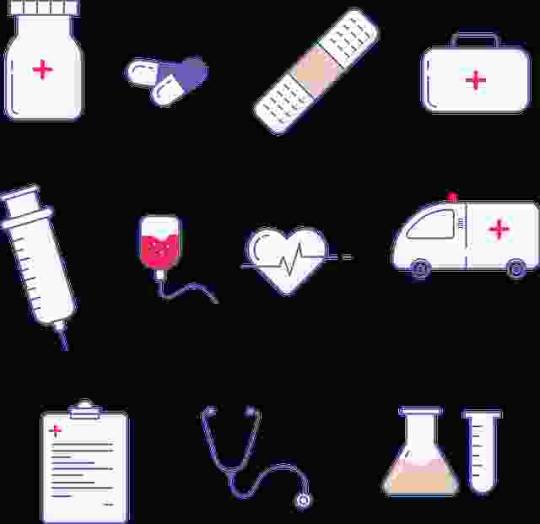
Common Pediatric Orthopedic Conditions:
1. Developmental Hip Dysplasia (DDH): DDH involves hip joint abnormalities, requiring early screening and treatment like braces or surgery for severe cases, particularly common in females and breech-positioned infants.
2. Clubfoot (Congenital Talipes Equinovarus): This condition, affecting 1 in 1000 births, demands personalized treatment plans, ranging from casting to corrective surgeries, to address inwardly twisted feet and tight Achilles tendons.
3. Scoliosis: Vigilant monitoring and intervention, including bracing or surgery for moderate to severe cases, are essential to manage lateral spine curvature during adolescence and mitigate associated symptoms.
4. Osgood-Schlatter Disease: Characterized by knee pain in active adolescents, this condition necessitates conservative measures like rest and physical therapy to alleviate symptoms and prevent recurrence.
5. Pediatric Fractures: Children's fractures require appropriate immobilization and follow-up care to ensure optimal healing and minimize long-term complications, with surgery reserved for complex cases.
6. Neuromuscular Conditions: Disorders like cerebral palsy and muscular dystrophy require multidisciplinary management to address musculoskeletal abnormalities and optimize mobility through tailored interventions.
7. Limb Length Discrepancy (LLD): LLD may be managed conservatively with orthotic devices for mild cases or surgical procedures for significant discrepancies to achieve functional harmony.
8. Pediatric Sports Injuries: Prevention strategies and prompt management of sports-related injuries are crucial for minimizing downtime and preventing long-term complications in children and adolescents.
9. Genetic Disorders: Conditions like Marfan syndrome and osteogenesis imperfecta require a multidisciplinary approach to address musculoskeletal manifestations and associated complications through various treatment modalities.
Orthopedic conditions can be detected and treated early-on in children by opting for a regular full body health checkup for children at a good hospital.
#orthopedic conditions#pediatric orthopedic conditions#fractures#clubfoot#scoliosis#sports injury#genetic disorders#neuromuscular conditions#limb length discrepancy#full body health checkup#regular health checkups
1 note
·
View note
Text
Find Me Friday: Woodrow & Ryan!
Logo that says Reece’s Rainbow Special Needs Adoption Support in blue, below a blue & yellow paint stroke rainbow graphic with a yellow Ukrainian trident symbol on the right half.
In this series, each Friday I’m able, I want to share a different child or group of children who are available for adoption and listed through the adoption advocacy website Reece’s Rainbow. Please note, names used on…

View On WordPress
#accessible post#adoption advocacy#arthrogryposis#available for adoption#available to married couples#available to single moms#blind#cerebral palsy#clubfoot#contractures#disability adoption#education#Find Me Friday#FSP#Latin America adoption#medical history#medication#microcephaly#optic nerve atrophy#photo descriptions#Reece&039;s Rainbow#Ryan#therapy#vision disabilities#waiting children#Woodrow#Zika syndrome
0 notes
Text
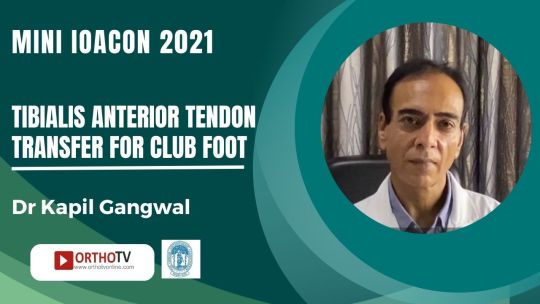
🔰MINI IOACON Video on demand
🔆MINI IOACON 2021
🔆 Tibialis Anterior Tendon Transfer ( TATT ) for club foot
🔆Speaker : Dr Kapil Gangwal
🔆Click here to watch :http://tinyurl.com/OrthoTV-MINIIACON-726
▶️ Media Partner: OrthoTV
📺 Join OrthoTV - https://linktr.ee/OrthoTV
#MiniIOACON#Orthopedics#ClubFoot#TATT#MedicalEducation#OrthopedicSurgery#MedicalVideo#HealthcareEvent#MedicalLearning#OrthoTV#MedicalSeminar#OrthopedicSpecialist#OrthoTVPartner#OnlineEvent
0 notes
Text
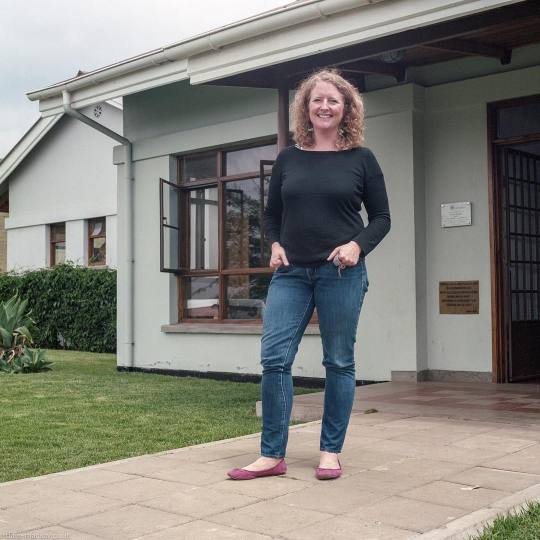
Sarah, Tanzania 2016. Quick portrait after being shown around the wonderful The Plaster House, now KafikaHouse.org
#plasterhouse#africa#clubfoot#charity#tanzania#arusha#hasselblad500cm#portrait#kodakportra#filmsnotdead
1 note
·
View note
Text
What Is Club Foot (Talipes Equinovarus)?
Clubbed Feet, otherwise known as talipes equinovarus, is a congenital deformity of the foot that causes it to turn inward and downward. This condition can affect one or both feet, resulting in clubbed feet, in which the heel of the foot faces inward and the toes point outward. Treatment for clubfoot generally requires a combination of physical therapy and casts to stretch the muscles and tendons in order to correct the positioning of the foot. Surgery may also be necessary and is usually done after non-surgical treatment if clubfoot still needs to be corrected further. In most cases, clubfoot can be corrected with a high success rate if treated correctly early on.
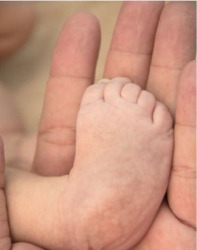
0 notes
Text
Pediatric Orthopedic Conditions | Diagnosis and Treatment
Sometimes it is important to know about Pediatric Orthopedic Conditions and their Treatments. Dr. Ramprasd Dharangutti is one of the best pediatric orthopedic surgeons and doctors based in viman nagar, Pune. He has 15 years of experience in orthopedic treatment. He is a master in his work and understands the patient's needs well.
Pediatric orthopedic conditions refer to musculoskeletal disorders that affect infants, children, and adolescents. However, these conditions can have a significant impact on a child’s growth, development, and overall quality of life. It is crucial to address these conditions promptly and effectively to ensure optimal outcomes. In this blog, we will explore the diagnosis and treatment of pediatric orthopedic conditions, with insights from Dr. Ramprasad Dharangutti, a renowned pediatric orthopedic specialist based in Pune.
For more details visit the website or call.
#orthopedic doctor#pediatric orthopedic doctor#medical advice#surgeory#healthcare blog#childspecialist#clubfoot
0 notes
Text
Dr. Girish Kumar AM is a Consultant Pediatric Orthopedic Surgeon in Whitefield, Bangalore. In this video, Dr. Talks about "FAQs on Clubfoot: What kind of doctor should I see for club foot(ಮಕ್ಕಳಲ್ಲಿ ವಕ್ರಪಾದಗಳ ಸಮಸ್ಯೆ)?".
For more information visit: https://www.uprightkidsortho.com
#UprightOrthoKids#UprightKidsOrtho#DrGirishKumarAM#PaediatricOrthopaedicSurgeon#PediatricOrthopedic#PaediatricOrthopaedic#PaediatricOrthopaedicProblems#PaediatricOrthopaedicIssues#Orthopaedic#orthopedics#orthopedicsurgery#orthopedicsurgeon#clubfoot#deformitycorrection#DDH#cerebralpalsy#BoneandJointProblems#whitefield#bangalore
0 notes
Text

KGMU Installed new lab to treat kids with Clubfoot
https://bit.ly/3FVC6jY
An 'Augmented Virtual Reality Lab' (AR-VR) will soon be established at the pediatric orthopedics department of King George's Medical University (KGMU)
0 notes
Text
Children's Orthopedic and Spine Care Clinic
Dr. Sanjay Sarup is the founder of Children’s Orthopaedic & Spine Care Clinic.
Currently he is the director of Pediatrics Orthopaedic Spine Surgery at Artemis Hospital, Gurgaon.
He is also the head of one of the Orthopaedic units in the hospital.
He is post graduate and thesis guide in DNB program in hospital.
He has 30 years of experience and during this period he has treated patients from all over India and from abroad.
He has operated more than 20000 children for various orthopaedic problems of the limbs and the spine.
Our children's orthopedic and spine care clinic tries to offer:-
Dedicated to giving our young patients the finest treatment possible.
For the treatment of various musculoskeletal injuries and disorders, we provide the most up-to-date methods.
We offer medical guidance that adheres to best practice guidelines.
Our surgeons are continuously working to give our patients with musculoskeletal issues the best care they can get.
Our special expertise in the treatments of :-
Hip surgery- Dysplasia, Dislocation, Hip- Preservation
Spine Surgery- Scoliosis, Kyphosis
Limb Lengthening and Height Gain procedures
Congenital deformity- Club foot
Pediatric Orthopedics
With 30 years of practice, 23000 surgeries, a clinic that has been open since 2001, and patients from many various countries. Our Dr. Sanjay Sarup has treated patients from all over the world.
Nationalities Treated:-

HIP DYSPLASIA

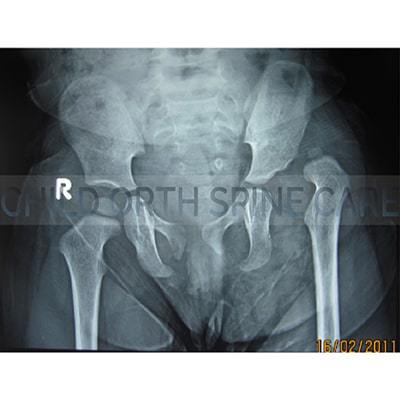
Hip development dysplasia is known as DDH, while congenital hip dislocation is known as CDH.
A sizable number of youngsters from Central Asia, from neighbouring nations, from the Middle East, and from Africa
have been successfully treated by Dr. Sanjay Sarup.
To lessen the shock of surgery and lower the rate of avascular necrosis, he invented the innovative arthroscopic technique DDH.
His patients have engaged in all forms of physical activity, as well as dance and sporting events. Most of them have a normal life now.
SCOLIOSIS


At our clinic Scoliosis treatment is done with and without surgery.
Scoliosis Treatment without surgery includes:
Observation,
Cast application,
Bracing,
Exercises
Scoliosis Treatment with surgery includes:
Growing rod surgery,
Magnetic growing rod surgery
LIMB LENGTHENING AND HEIGHT GAIN PROCEDURE


By Limb Lengthening process our upper and lower limbs are made longer.
Lengthening of limb can be needed because one limb is shorter than the other.
There are many reasons for the short limb of one side like: Congenital condition – Hemimelia, or Congenital shortening of the Femur(Thigh bone),
Cessation of growth (a growth arrest) – Infection and Injury. A deformity often accompanies the shortening in these cases.
CLUB FOOT


Congenital Talipes Equino Varus, or CTEV.
Clubfoot is treated surgically and with a DBS (Dennis Browne Splint) at our facility.
All youngsters who received club foot treatment at our clinic have recovered completely. They are free from constraints and are able to play all games, engage in sports, and dance.
They all live contented, everyday lives
CONTACT US
Address
Director, COSC
At Artemis Hospital, Sector 51 Gurgaon, National capital region of Delhi
Phone
919810336332
Email
[email protected]
Mon – Sat (08:30 – 6:00)
Sunday closed
#surgery#gurgaon#hipdysplasia#Clubfoot#Ponsetimethod#clubfootstretches#scoliosis#leglengthening#limblengthening#doctorsanjaysarup#scoliosistreatmentinGurgaon#ctevsurgeryingurgaon#childddhsurgeryinGurgaon#ponseticlubfoottreatmentinGurgaon#ctevtreatmentingurgaon#hipdysplasiatreatmentinGurgaon#childrenspineclinicinGurgaon#surgeryforclubfootinGurgaon#cosmeticheightgainsurgeryinGurgaon#childddhtreatmentinGurgaon#orthopedics#orthopedicsurgery#pediatricorthopedics#pediatrics
0 notes
